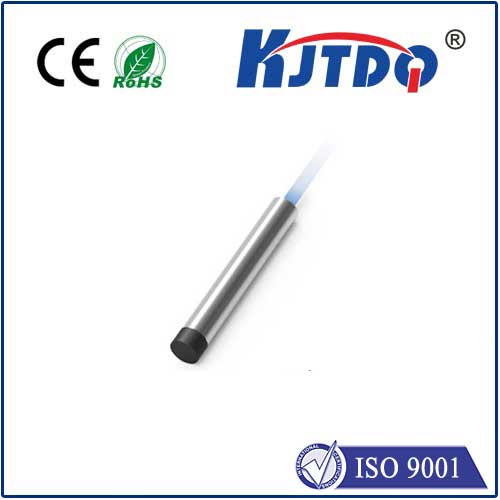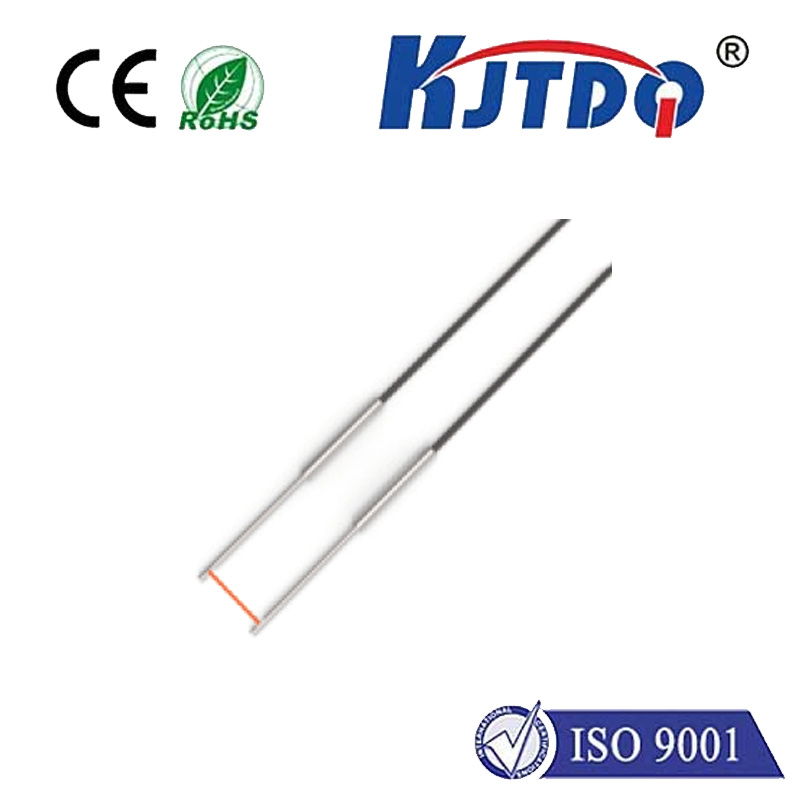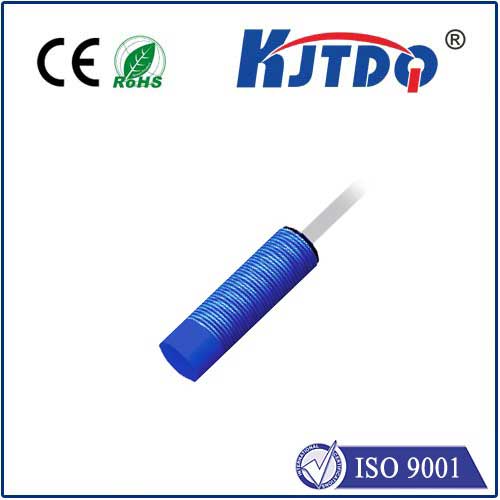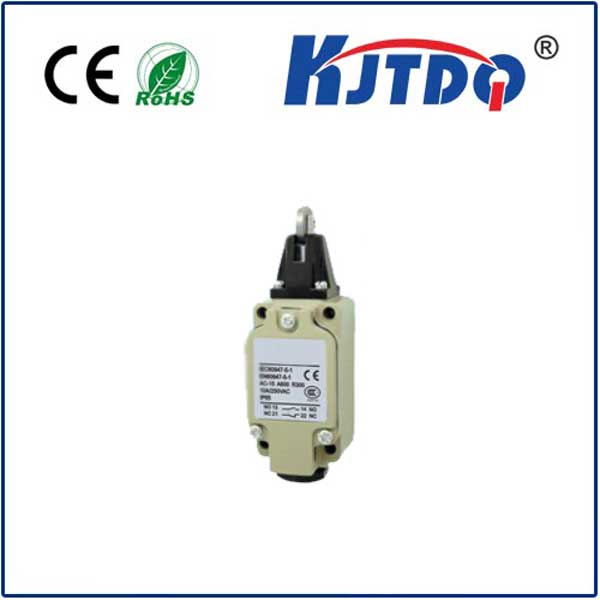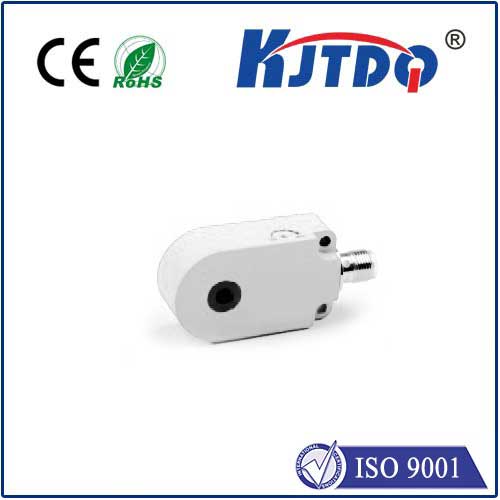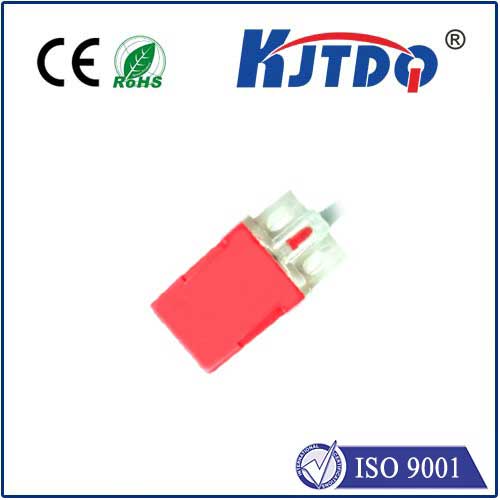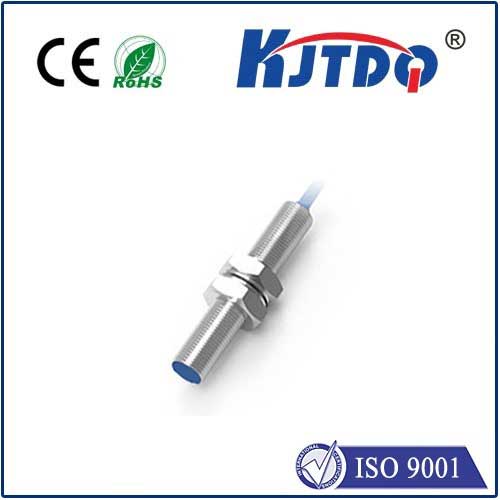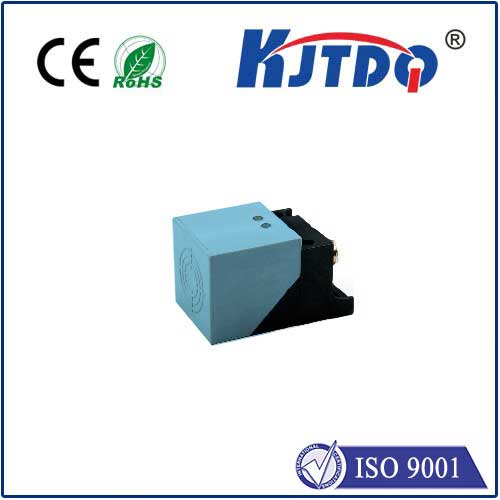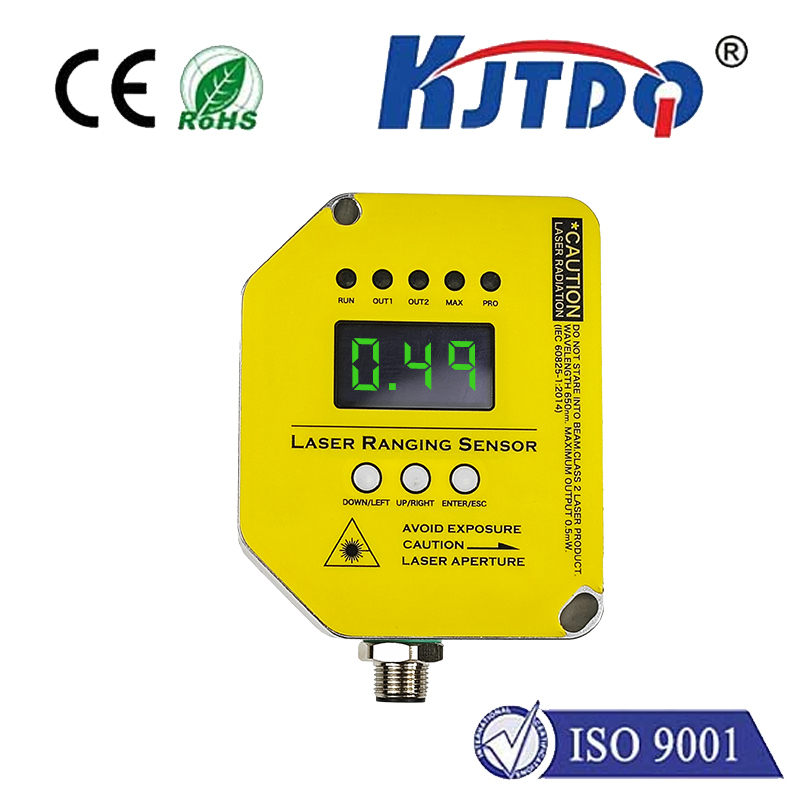
check

check

check

check
Title: "Understanding SPDT Limit Switches: A Comprehensive Guide for Industrial Control Systems"
1. Introduction to SPDT Limit Switches
SPDT limit switches are an essential component found in a variety of industrial control systems, such as machinery, equipment, and automation systems. They serve as manual or automatic switches that help regulate the flow of materials, energy, or other critical parameters within these systems. This guide aims to provide a comprehensive overview of SPDT limit switches, including their types, characteristics, installation, and usage.
2. Types of SPDT Limit Switches
There are several types of SPDT limit switches available on the market, each with its unique features and applications. The most common types include:
a) normally open (NO) and normally closed (NC) switch
b) single throw (ST) and double throw (DT) switch
c) microswitch and contactless switch
Each type offers distinct operating principles, response times, and level of protection against external干扰. Understanding the differences between these types is crucial when selecting the appropriate SPDT limit switch for your specific application.
3. Characteristics of SPDT Limit Switches
The performance and effectiveness of SPDT limit switches depend on several key characteristics, including:
a) switching action: How quickly and reliably the switch responds to external stimuli, such as pressure, weight, or movement.
b) operating temperature range: The ideal operating conditions for the switch, including temperature, humidity, and vibration levels.
c) electrical specifications: The required voltage, current, and接线方式for proper installation and connection to the control system.
d) durability and reliability: The lifespan and robustness of the switch under normal operating conditions and potential hazards.
4. Installation of SPDT Limit Switches
Proper installation of SPDT limit switches is essential for ensuring their optimal performance and safety. The following steps outline the general guidelines for installing SPDT limit switches:
a) Choose the appropriate location: Select a location where the switch can easily detect external stimuli and provide clear indication to the control system.
b) Ensure adequate clearance: Provide sufficient space between the switch and the surrounding objects to prevent accidental activation during operation.
c) Connect the wires correctly: Follow the manufacturer's instructions for connecting the wires to the control system, taking care to observe polarity and grounding requirements.
d) Test the switch: Before use, test the switch to ensure proper operation and alignment with the control system requirements.
5. Usage of SPDT Limit Switches in Industrial Control Systems
SPDT limit switches play a crucial role in monitoring and controlling various processes within industrial control systems. Some common applications include:
a) Material feed control: SPDT limit switches can be used to prevent overfilling or underfeeding of materials into processing equipment, ensuring consistent production quality.
b) Motion detection: In robotics and assembly lines, SPDT limit switches can be used to trigger actions based on the presence or absence of moving parts, optimizing efficiency and productivity.
c) Safety interlocks: SPDT limit switches can establish safety boundaries by preventing operation when certain conditions are not met, minimizing the risk of accidents and damage to equipment.
